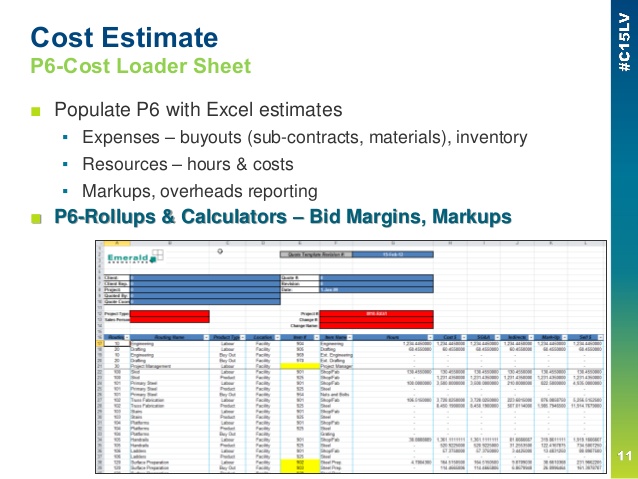Click the File tab.
In the Security Warning area, click Enable Content.
Select Advanced Options.
In the Microsoft Office Security Options dialog box, select Enable content for this session for each ActiveX control.
The following image is an example of the Security Warning area when ActiveX controls can be enabled for the duration of time that the file is open.
Notes:
If the file contains a Visual Basic for Applications (VBA) project, for example, and a macro-enabled Microsoft Excel file, the Trust Center is more restrictive, because the file may contain macros.
Enable ActiveX controls and other active content only if you know that they are from a reliable source.
Change ActiveX-control settings in Word, Access, Excel, PowerPoint, Publisher, and Visio
Use the following instructions to enable or disable ActiveX controls in the Trust Center.
Click File > Options.
Click Trust Center > Trust Center Settings > ActiveX Settings.
Click the options you want, and then click OK.
The following is an example of the ActiveX Settings area of the Trust Center.
Important: If you change an ActiveX setting in Word, Access, Excel, PowerPoint, Publisher, or Visio, the settings are changed in all those programs.
ActiveX-control settings explained
The following explanations apply to ActiveX controls in files that are not in a trusted location or trusted documents.
Important: If you trust a file and do not want to receive security warnings about content containing ActiveX controls, or other active content, put the file in a trusted location.
Disable all controls without notification All the ActiveX controls in documents are disabled.
Prompt me before enabling Unsafe for Initialization (UFI) controls with additional restrictions and Safe for Initialization (SFI) controls with minimal restrictions There are two behaviors based on the presence of VBA projects:
With a VBA project All ActiveX controls are disabled and the Message Bar appears. Click Enable Content to enable the controls.
Without a VBA project SFI ActiveX controls are enabled with minimal restrictions and the Message Bar does not appear. However, ActiveX controls must all be marked as SFI to not to generate the Message Bar. UFI ActiveX controls are disabled. However, when a user enables the UFI controls they are initialized with additional restrictions (e.g. default values). Any persisted data that is part of the UFI control will be lost.
Prompt me before enabling all controls with minimal restrictions This is the default. There are two behaviors based on the presence of VBA projects:
Without a VBA project SFI ActiveX controls are enabled with minimal restrictions and the Message Bar doesn’t appear. However, ActiveX controls must all be marked as SFI to not to generate the Message Bar. UFI ActiveX controls are disabled. However, when a user enables the UFI controls they are initialized with minimal restrictions (e.g. persisted values or default values if persisted values don’t exist).
Enable all controls without restrictions and without prompting (not recommended) Enable all ActiveX controls in documents with minimal restrictions.
Safe mode Enable SFI ActiveX controls in safe mode, which means a developer has marked the control as safe.
What is an ActiveX control and what are the risks?
ActiveX controls are small building blocks that create applications that work over the Internet through Web browsers. Examples include customized applications for collecting data, viewing certain kinds of files, and displaying animation. Common uses of ActiveX controls are command buttons, list boxes, and dialog boxes. Office programs also let you use ActiveX controls to improve some documents.
Risk and potential damage
ActiveX controls can have unrestricted access to your computer and therefore can access your local file system and change your operating system registry settings. If a hacker uses an ActiveX control to take over your computer, the damage can be significant.
It goes without saying that Microsoft Project is THE program to use if you need to manage large projects. But what if you need to track and manage smaller projects? Can you do that in Excel? Sure, but life will be easier if you start with a template.
With that in mind, PowerPoint expert Glenna Shaw created a free project plan template that you can use to track projects in Excel. In addition to being a Most Valuable Professional (MVP) for PowerPoint, Glenna is a Project Management Professional (PMP). For more information about the template, see PowerPoint 2010 and Excel 2010: Perfect partners for tracking projects.
To get started, go to the project plan template on Glenna’s SkyDrive. The template is designed for use in the Excel desktop application, so you can ignore the message about unsupported features in the browser. In the message, just click Open in Excel and follow the prompts to save a copy of the template to your own computer.
Once you open the template in Excel, you can use it to:
- Estimate time and costs
- Create a project schedule
- Monitor schedule and budget
- Manage resources and risks
- Document lessons learned
- Create charts for use in presentations and reports
— Anneliese


